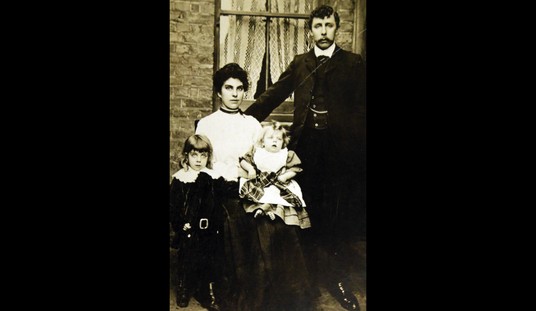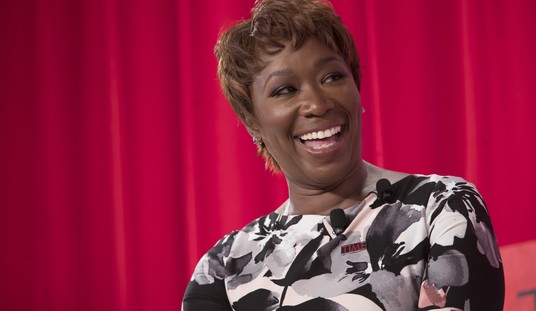So on Saturday, one of the legacies of Donald Trump’s candidacy, the so-called “alt-right” movement, held a meeting in Washington, DC.
By the time Richard B. Spencer, the leading ideologue of the alt-right movement and the final speaker of the night, rose to address a gathering of his followers on Saturday, the crowd was restless.
In 11 hours of speeches and panel discussions in a federal building named after Ronald Reagan a few blocks from the White House, a succession of speakers had laid out a harsh vision for the future, but had denounced violence and said that Hispanic citizens and black Americans had nothing to fear. Earlier in the day, Mr. Spencer himself had urged the group to start acting less like an underground organization and more like the establishment.
But now his tone changed as he began to tell the audience of more than 200 people, mostly young men, what they had been waiting to hear. He railed against Jews and, with a smile, quoted Nazi propaganda in the original German. America, he said, belonged to white people, whom he called the “children of the sun,” a race of conquerors and creators who had been marginalized but now, in the era of President-elect Donald J. Trump, were “awakening to their own identity.”
200 people. An 11-hour meeting. Keep those numbers in mind.
Throughout his campaign Trump and his campaign carried out a flirtation with this bunch. Why he did so is anyone’s guess. They comprise a very small number of people and the people in the movement have elected no candidates and there is scant evidence that they even vote. In fact, there is damned little evidence that they exist in measurable numbers outside very small areas of the internet. Yet, to hear a lot of leftwingers and #NeverTrumpistas — and I have to admit a declining ability to tell the two apart as days progress — talk you’d think they represented a new political movement that had captured the GOP and was well on its way to being ensconced in the White House itself. Ironically, the people who are obsessing about the alt-right are pretty much in agreement with the alt-right’s putative leader, Richard Spencer, thinks, too.
“I think the alt-right, in a way, was too often talking to itself, a head without a body,” he said. “…The Trump movement was a body without a head.”
“I think, moving forward, the alt-right can, as an intellectual vanguard, complete Trump,” he continued.
Mmmmkay.
So how big is this “intellectual vanguard?” Are they really anything more than a few hundred schlubs who are willing to turn out on a Saturday to listen to 11 hours of neo-Nazi claptrap and race-theory that would have a home in Jeremiah Wright’s church or any Nation of Islam mosque? Did they have any great impact on Donald Trump’s election?
Let’s start with the facts. If exit polls are to be believed, Donald Trump did better with minority voters than Mitt Romney. In fact, the only group with which Trump did no better than Romney was with white voters (Trump beat Romney by a single percentage point). Anyone claiming that Trump’s campaign is a tool of white supremacists or white nationalists has to first explain this one fact. If you can’t then you probably should start rethinking your entire premise because you have to either believe minority voters are stupid or that you possess some unique body of knowledge unavailable to the public.
But let’s assume that the “alt-right” actually exists as a non-4chan, non-internet-meme-creating fraternity of socially inept trolls and gamer trash. How big is this movement? Well, we already know it can’t be much larger than 1% of the voting population unless we assume Mitt Romney’s Mormon missionary also appealed to the alt-right but there are some other metrics we can use to try to gauge its relative strength. (Here I am in debt to a far leftwing blogger who has spent more time on this than I care to. Please, click the link.)
How big is the KKK?
The Anti-Defamation League puts Klan membership at 3,000. The Southern Poverty Law Center puts the number at 6,000.
How many people are registered to the main internet hubs of the alt-right?
Reddit’s /r/altright — 5,000 registered users.
Stormfront — 30,000 daily viewers. To put that in perspective, often single RedState articles get more viewers than the entire Stormfront website.
4chan’s politics forum —
4chan boasts about 1 million visits/day. About half seem to be American. Unclear how many go to the politics board and how many are just there for the anime and video games, but Wikipedia says that /b/ is the largest board with 30% of 4Chan’s traffic, so /pol/ must be less than that. If we assume /pol/ gets 20% of 4chan traffic, and that 50% of the people on /pol/ are serious alt-rightists and not dissenters or trolls, the same scaling factors give us about 25,000 – 50,000 American alt-rightists on 4Chan.
You also have to assume there is significant cross-over registration on these sites, with one person counting as a visitor to several different sites.
How about the silent racists without internet access?
This is the next logical question but it engages in a inherent dishonesty. The alt-right has beliefs outside of racial supremacy. If you are a racist but you believe in a strong NATO and free trade and an aggressive American foreign policy to keep godless furriners in check, you are not, by definition, a member of the alt-right. But let’s assume, arguendo, that the alt-right is a subset of avowed racists — and there are a lot of reasons why this assumption is false — therefore, if we can come to grips with that number then we’ve established the upper boundary for the size of the alt-right movement.
Several polls give a hint at this (I’m not going to copy them all here) but a couple by Gallup and one by CBS seem to indicate the number of outright racists maxes out at no more than 2% of the population. What percentage of those belong to the alt-right is anyone’s guess.
This is a Vox poll asking how many people had favorable vs. unfavorable views of different groups. 11% admit to “somewhat unfavorable” or “very unfavorable” views of blacks, which sounds bad, except that 7% of people admit to unfavorable views of heterosexuals by the same definition. This makes me think “have an unfavorable view about this group” is not a very high bar. If we restrict true “white supremacists” to those who have only “very unfavorable” views of blacks, this is 3%, well in line with our other sources.
(of note, 1% of respondents had “never heard of” blacks. Um…)
Do you know where else we find the 3% number? The number of people who voted for David Duke in Louisiana’s recent Senate election.
There are two bottom lines to all of this. The first is that, yes, there is an alt-right movement that has attached itself to Trump’s presidency and what he does about that is important, though it is probably more important to the GOP than to Trump. Secondly, the number of people in this movement is exceedingly small. They’ve used the internet to magnify their voice but they are small and exist as a center of influence only in their own minds and in the minds of some others where they are living rent-free.













Join the conversation as a VIP Member